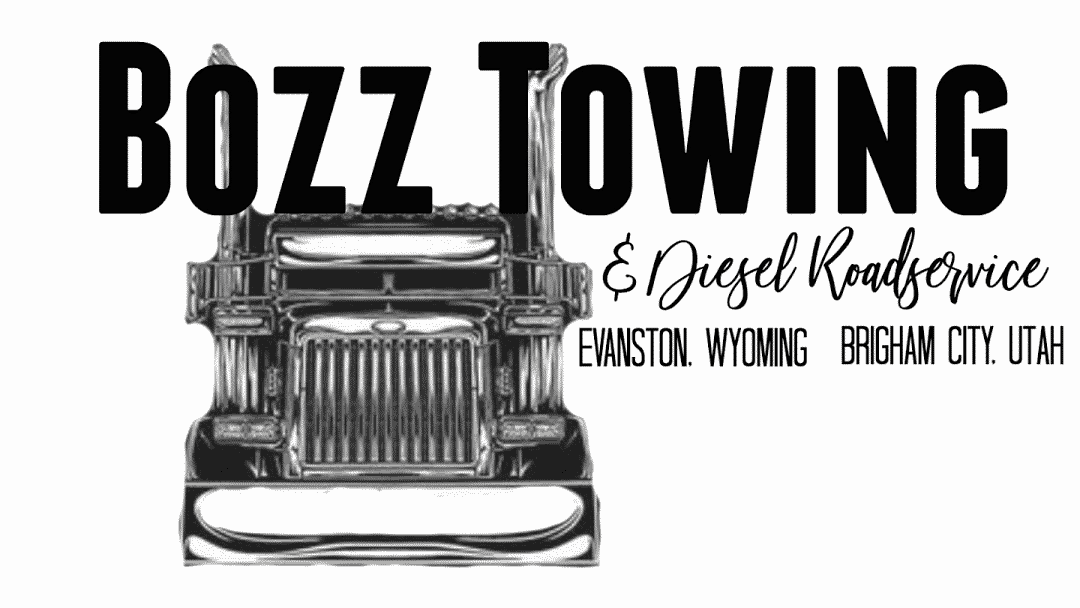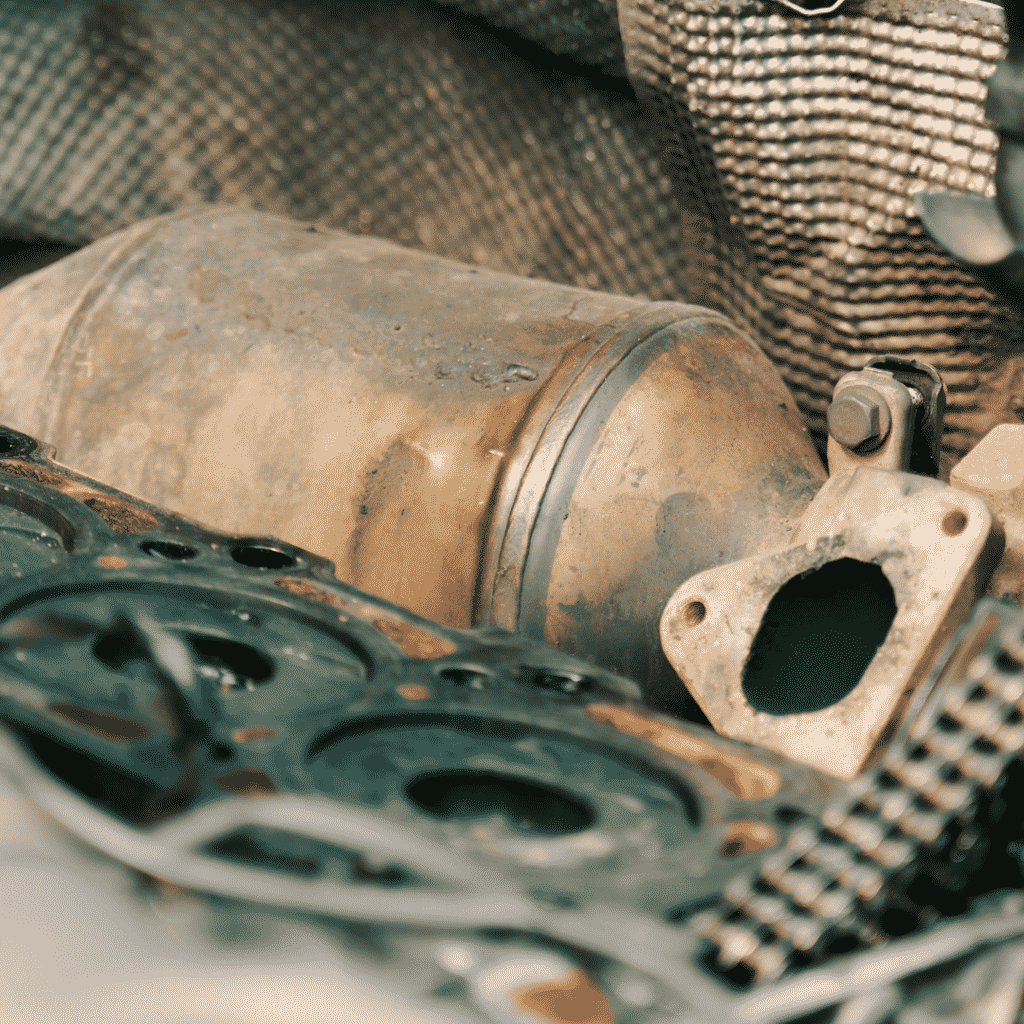If you’re a truck driver, then you’ve likely heard of DPF. But what is it, exactly? DPF, or diesel particulate filter, is a device that captures soot and other particles from the exhaust system of a diesel engine. It helps reduce emissions and improve air quality. In this blog post, we’ll discuss what DPF is, what it does, and some of the problems that can occur when it isn’t working properly. We’ll also explain how to perform a DPF regen and clean your filter.
What is DPF and what does it do?
A DPF, or exhaust after-treatment device, traps diesel particulate matter like soot particles and ash. A DPF usually uses a substrate made of a ceramic material that is in the shape of a honeycomb.
Diesel particulate filters help reduce emissions from diesel vehicles by capturing and storing exhaust soot. The soot must be periodically burned off to regenerate the filter. The regeneration procedure eliminates built-up soot that has collected in the filter, preventing harmful exhaust emissions and the black smoke you see from diesel cars when accelerating.
Problems that can occur when DPF isn’t working properly
Blocked diesel particulate filters are frequently caused by short journeys at low speeds. Vehicles that drive slowly on brief trips are unable to clean the filter as needed. As a result, the filter can become blocked with soot, preventing it from functioning properly.
Other reasons for a DPF blockage include:
- Driving with the wrong oil: using the wrong oil can cause a build-up of sludge, which can lead to DPF blockage.
- Incorrect regeneration: if regeneration is not carried out correctly, it can cause the filter to become blocked.
- Clogged air filter: a clogged air filter prevents clean air from reaching the engine, leading to excessive soot production
- Using low-quality diesel fuel: low-quality diesel fuel can contain impurities that can lead to DPF blockage.
- A build-up of moisture in the filter: moisture can cause the filter to rust, which can lead to blockage.
- Short journeys where the engine doesn’t reach its optimum temperature: the DPF needs to reach a certain temperature to burn off the soot. If the engine doesn’t get hot enough, the regeneration process won’t work properly, and the filter will become blocked.
- There may be a problem with the pressure differential hoses or pipes or the pressure switch: if there is a leak in the system, it can prevent the regeneration process from working correctly.
- Fuel injectors that are defective and send too much fuel to the air/fuel mixture: this can cause the engine to produce more soot than usual, leading to a stoppage.
While these are fairly common causes of DPF blockage, it’s important to remember that each truck is different. If you’re having trouble with your DPF, it’s best to consult your truck’s manual or take it to a certified mechanic.
DPF Regen & Cleaning
The best way to keep a DPF in good working order is to ensure that it can fully regenerate when full of soot. The DPF regen process happens when the particulates in the filter get hot enough to combust and turn to ash. This removes the built-up soot, and it turns into gaseous carbon dioxide.
Regeneration can happen in three different ways: passively, actively, or by force or manual regeneration.
Passive Regeneration
Passive regeneration happens when the engine is operated at high loads and speeds for extended periods of time. The increased exhaust temperature helps to burn off the soot. This method is typically used on long-haul trucks that are driven for extended periods of time.
Active Regeneration
Active regeneration occurs when a device called a diesel oxidation catalyst (DOC) is used to heat the filter and start the regeneration process. A DOC is a device that uses a chemical reaction to convert exhaust fumes into less harmful gases.
This method is typically used on trucks that make shorter trips or have stop-and-go driving patterns.
You may notice some changes happening during active regeneration. These could include:
- Cooling fans running
- Faster engine idle speed
- Increased fuel consumption
- The engine sounds different
Depending on how you drive your car, regeneration will occur every 300 miles or so and take 5 to 10 minutes. However, if your trip is too short, the regeneration might not be completed.
Forced Regeneration
When active regeneration requirements aren’t satisfied, or when excess soot levels get too high, a forced regeneration may be necessary. To induce regeneration, a diagnostic device is necessary. If the car is still driven, the DPF will be ruined, and other damage will occur.
Even forced regeneration will not help if soot levels have soared to the point that they have overwhelmed the DPF. If accumulated soot capacity is above 85%, the DPF must be either replaced or cleaned, according to standards.
Cleaning a DPF
If the clogged DPF becomes too heavily soiled, it will need to be removed and cleaned. This process is called “off-line cleaning” and can be done at a certified DPF cleaning facility.
The DPF must be cleaned every 150,000 to 300,000 miles to remove ash that accumulates. However, this ash accumulation is not always caused by regens, but rather by sulfated ash in the engine oil. Because of this, the filter must be cleaned if fuel injector or turbo concerns result in engine oil or non-combusted diesel contamination.
First, the filter is placed in a special cleaning machine that uses a high-pressure air system to blow out the soot. Then, the filter is put into an ultrasonic bath to remove any remaining particulates.
After the cleaning process is complete, the DPF is inspected to make sure it meets quality standards. If it doesn’t, it will need to be replaced.
When a DPF becomes too old or damaged, it will need to be replaced. The average lifespan of a DPF is around five years, but this can vary depending on the make and model of the truck.
It’s important to note that not all DPFs are created equal. Some filters are made with a ceramic material, while others are made with cordierite. Cordierite is less expensive but also less durable, so it may need to be replaced more often. Ceramic filters, on the other hand, are more expensive but can last up to twice as long.
DPF Maintenance
The best way to avoid issues is with preventive maintenance. This includes:
- Regularly check the filter and ensure that it’s clear of debris.
- Checking the regeneration system to make sure it’s working properly.
- Inspect the DPF for cracks or damage.
- Replacing DPF filters when they reach the end of their lifespan.
- Cleaning the DPF regularly to prevent soot buildup.
Following these preventive maintenance measures will help to ensure that your DPF works properly and lasts for as long as possible.
Diesel particulate filters are a critical part of diesel engines and help to reduce emissions. Unfortunately, they can also cause problems if not working properly. That’s why we offer DPF regen and cleaning services – to help you keep your engine running cleanly and smoothly. If you think your DPF might need some attention, don’t hesitate to contact us.

